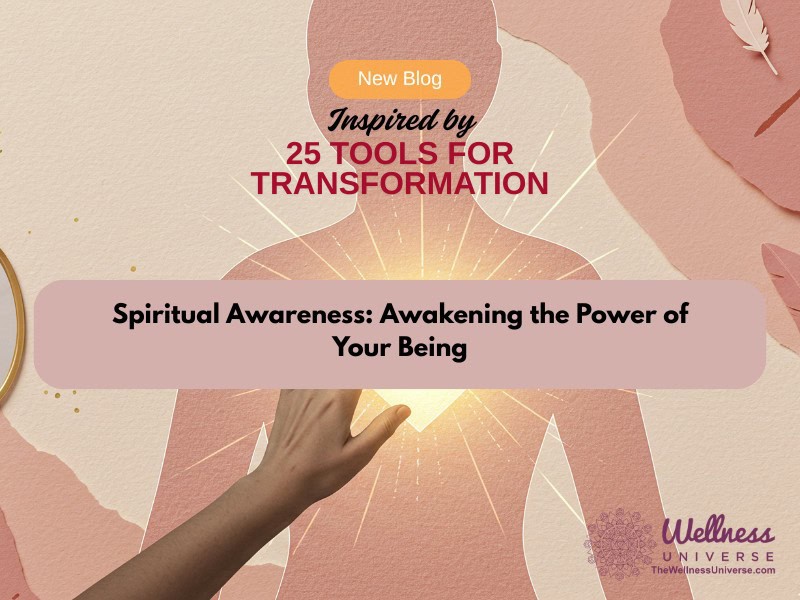In an age where talent retention, productivity, and morale can make or break an organization, investing in employee wellness is no longer just a feel-good initiative — it has become a strategic financial decision.
Wellness programs are proving to be powerful financial investments, helping businesses reduce absenteeism, improve engagement, and ultimately save significant money. In a time when employee expectations are evolving and mental health challenges are on the rise, companies can no longer afford to treat wellness as optional. So, what makes wellness such a smart business move? Let’s break it down.
Healthy Employees = Healthy Business
The truth is, healthy employees drive healthy businesses and ignoring their well-being could be silently draining your bottom line. With increasing stress levels, sedentary lifestyles, and rising burnout (especially in the post-pandemic world), workplace wellness is gaining serious traction — and for good reason.1
According to the World Health Organization (WHO), an estimated 12 billion working days are lost each year globally due to depression and anxiety, amounting to a loss of $1 trillion in productivity. That’s not just a health crisis — it’s an economic one.2
Work-related stress doesn’t just mean an occasional bad day — it results in serious productivity losses. A single stressed-out employee can lose over 60 days of productivity per year,2 affecting team output, morale, and overall business efficiency. When health problems begin to ripple across a team or department, the cost multiplies.
Furthermore, a recent Telus Health survey across six countries in Europe found that 38% of employees are at risk of developing mental health problems, with more than 65% already experiencing burnout.3 These health issues become more than just personal issues as they cascade across teams, weaken performance, and spread stress at work.3
And it’s not only mental health taking a toll — physical health challenges like poor nutrition, lack of movement, and chronic illness also significantly impact performance. In the UK, for example, 137 million working days were lost due to sickness in 2016 alone, costing the economy a staggering £18 billion.4
The Hidden Cost: Presenteeism
While absenteeism is relatively easy to track and plan for, presenteeism — when employees are physically present but mentally or emotionally unwell — can be even more damaging. These employees often underperform, make more mistakes, spread illnesses, and inadvertently lower the quality and safety of the workplace.
Post-pandemic, presenteeism has only increased. Employees are working through exhaustion, digital fatigue, and rising mental health challenges. The result? Decreased innovation, reduced motivation, and missed opportunities. And because presenteeism is harder to measure, it often flies under the radar, quietly sapping productivity and increasing turnover risk.
This is why companies that proactively invest in mental wellness, preventative health measures, and digital support tools are now seeing real improvements, not just in employee satisfaction, but in business outcomes.5
More Than Just a Business Case
Workplace wellness is no longer just about keeping employees happy; it’s about sustaining a resilient and high-performing organization. Today, this concept is being understood through two critical lenses:
1. Corporate Social Responsibility (CSR)
This view sees wellness as an ethical responsibility — a way for companies to contribute to broader public health and create a culture that values human well-being. The WHO promotes this as Worker Health Promotion (WHP), aimed at encouraging healthier lifestyles in society at large.
2. Corporate Wellness (The Business Case)
This perspective is more economically driven, focusing on wellness as a way to maximize performance, reduce healthcare costs, and improve retention. Here, wellness becomes part of a strategic toolkit to drive growth and protect business investments.
The most successful companies today blend both views — seeing wellness as good for business and good for people.
What Do These Programs Look Like?
Employee wellness programs, often referred to as Workplace Health Promotion (WHP) initiatives, are structured, employer-sponsored efforts designed to help employees — and sometimes their families — make healthier choices, reduce health risks, and enhance their overall quality of life.6
These programs often include:
-
Health risk assessments
-
Fitness and step-count challenges
-
Access to therapy or mental health support
-
Financial literacy and planning resources
-
Flexible work hours and work-life balance strategies
-
Nutrition and healthy meal guidance
-
Smoking cessation programs
One standout example is of Nelnet, a company that has created a holistic and well-rounded wellness model. 7 Their program supports employees across four pillars: physical, financial, professional, and personal wellness. Using their WellAware platform, employees can track healthy habits like workouts or meal planning and earn cash rewards or contributions to their Health Savings Accounts (HSAs). The company also offered health support such as $300 annual fitness reimbursements, on-site health screenings and even tuition assistance for continued education.
This multifaceted approach combines community support, incentives, and long-term behavioral change, ultimately helping employees thrive and allowing the business to benefit from higher morale, retention, and performance.
The Bottom Line
Companies that invest in wellness aren’t just checking a box — they’re future-proofing their workforce. As expectations shift, especially among younger generations who value mental and emotional well-being, investing in wellness has become a key differentiator in attracting and retaining top talent.
A well-designed employee wellness program can be one of the most cost-effective strategies a business adopts. It’s not just about one-time yoga sessions or free snacks — it’s about creating a culture where people feel cared for, supported, and motivated to bring their best selves to work.
References
- Dave Lievens, “How the Pandemic Exacerbated Burnout,” Harvard Business Review, February 10, 2021, https://hbr.org/2021/02/how-the-pandemic-exacerbated-burnout.
- World, “Mental Health at Work,” Who.int (World Health Organization: WHO, September 2, 2024), https://www.who.int/news-room/fact-sheets/detail/mental-health-at-work.
- Anthea Ong, “Why Prioritizing Employee Well-Being Is Good for Business,” World Economic Forum, March 28, 2025, https://www.weforum.org/stories/2025/03/prioritizing-employee-wellbeing-good-for-business/.
- Theresa et al., “Presenteeism in the Workplace and the Effect on Employees’ Well-Being,” International Journal of Academic Research in Business and Social Sciences 12, no. 6 (June 12, 2022), https://doi.org/10.6007/ijarbss/v12-i6/14041.
- Dr. Jayaprada Putrevu and Charilaos Mertzanis, “The Rise of the Wellness Business Sector: A Systematic Literature Review,” SSRN Electronic Journal, January 1, 2025, https://doi.org/10.2139/ssrn.5190935.
- Leonard Berry, Ann Mirabito, and William Baun, “What’ S the Hard Return on Employee Wellness Programs?” (Harvard Business Review, 2020), https://www.blumantra.com/wp-content/uploads/2015/09/HBR-ROI.pdf.
- Jordan Snader, “Meet Nelnet’s Wellness Program,” Nelnet Inc, June 18, 2020, https://nelnetinc.com/blog/meet-nelnets-wellness-program/
LAUNCHING SOON!
The Wellness Universe Guide to Complete Self-Care, 25 Tools for Transformation
Take My Hand Support Series
Grief is never easy, especially for children. On July 12, join Take My Hand: It’s Ok to Not Be OK for a free, live event focused on helping kids cope with loss and giving caregivers the tools they need to guide the healing process. With expert insights, a loving community, and a mission to uplift, this event offers real support when it’s needed most. Donations benefit Susie Q’s Kids, bringing light and comfort to children facing life’s hardest moments.
Register & Join Live: https://bit.ly/WUTakeMyHandSupportSeries
The Wellness Universe is your resource for health, wellness, well-being, and transformation. We serve and support professionals who make the world a better place and individuals and groups who seek their best life.
A woman owned company; having the vision in 2013, Anna Pereira launched the first directory in 2015 bringing together a community of members making the world a better place to be found by those seeking their best life. The Wellness Universe has grown since then to be a one-stop shop for total wellness support! We are a vetted community, online directory, book publisher, resource center, event producer, content platform, and so much more, supporting whole-health and well-being on a global scale.
The Wellness Universe is a home that connects industry professionals in the health, wellness, and well-being fields to seekers of total well-being. WU provides our WU World-Changer members with peer support, Wellness Universe produced events (live and online), projects, visibility, business mentoring, and community. Through The Wellness Universe our WU World-Changer members serve WU Friends, seekers of health, wellness and transformation, with coaching, workshops, content and more.
The Wellness Universe provides individuals and groups seeking their best lives with access to our members, wellness content, educational resources, and guidance in all areas of wellness to transform visions of how they want to live life into the life they experience.
Through the directory, WU Featured Blog, SoulTreat wellness retreat, Self-Care Books, group well-being programs, and online learning center, The Lounge, The Wellness Universe provides many avenues to support whole health, mind, body, spirit and planet.
Join us today! Wellness Professional or Seeker of Your Best Life









This article powerfully illustrates why employee wellness is no longer optional — it’s essential. I love how it highlights that caring for employees holistically not only improves lives but also drives real business results. A thriving workforce truly is the heartbeat of a thriving organization!